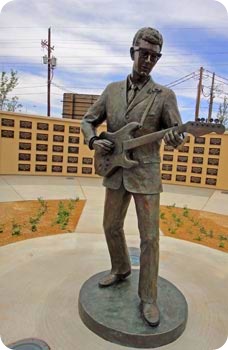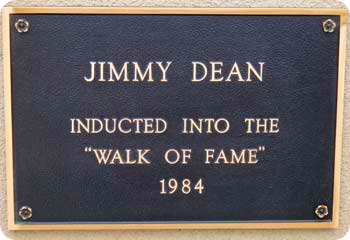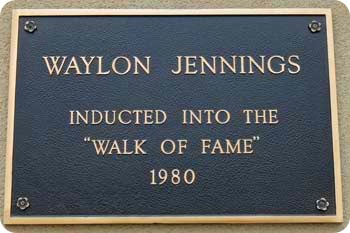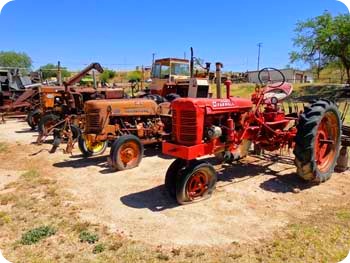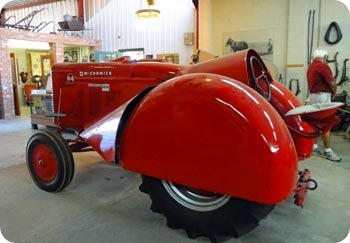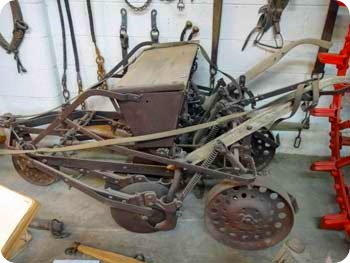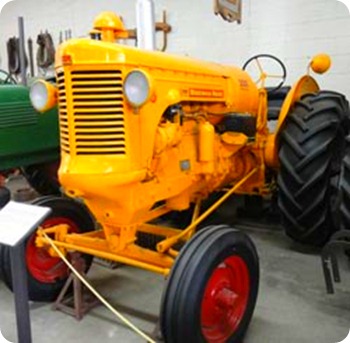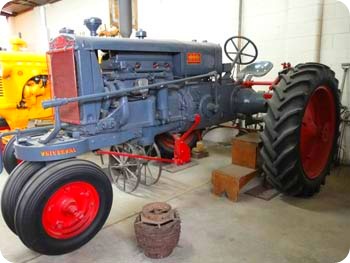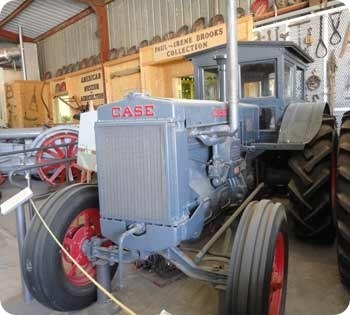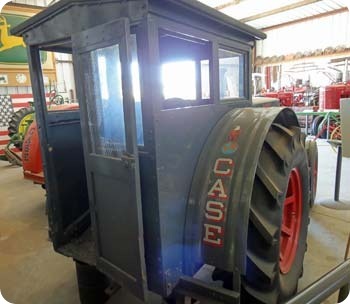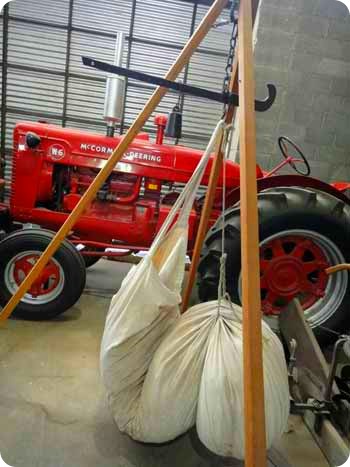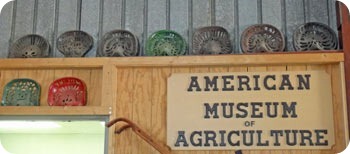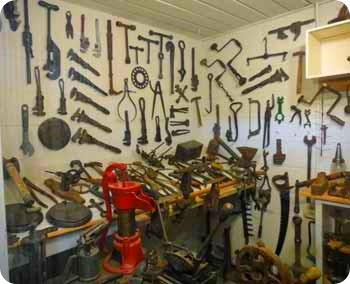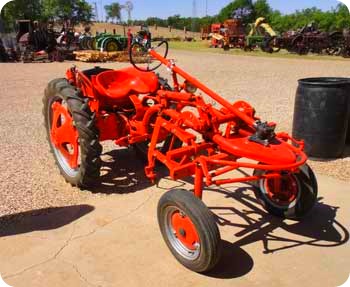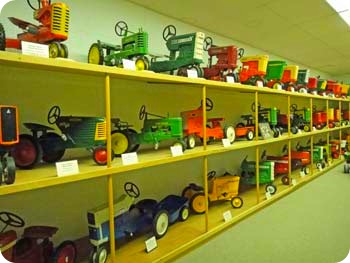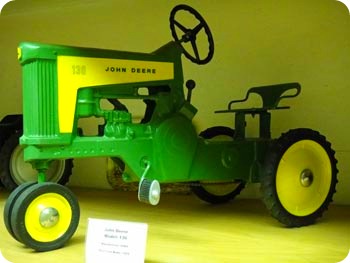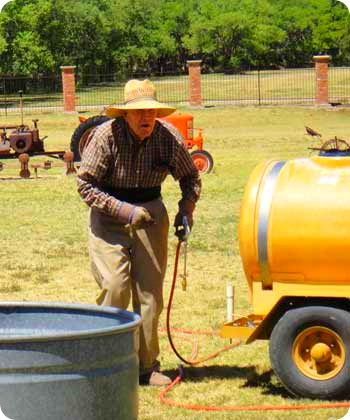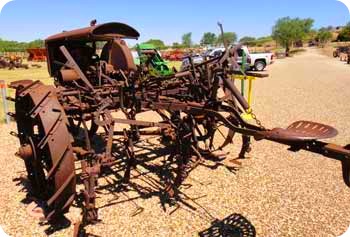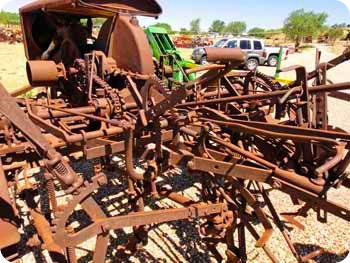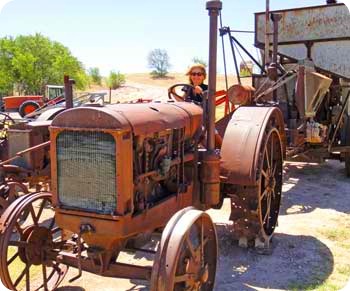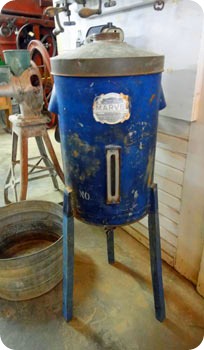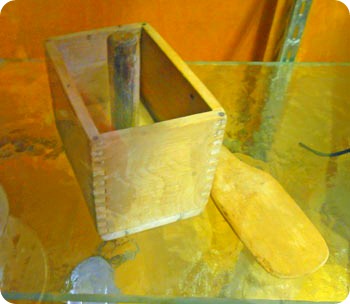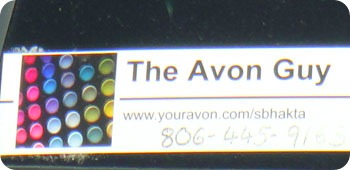Tuesday, May 10 – We went down to see the new location for the Buddy Holly Statue and Walk of Fame. The dedication was on Monday, May 10. It's new location is across the street from the Buddy Holly Museum. It's a great location, in a nice new park, in the entertainment district downtown.
Do you know some of these Hall of Famers.
Thursday, May 12 – We headed to our last museum today.....The American Museum of Agriculture, which is right next door to the American Wind Museum. As a matter of fact, they are in the old building used by the Wind Museum before they moved to their new facility.
In 1969, as agricultural museum was deemed important to the people of West Texas. Too many people thought of the old machinery left in the back yard as junk.
We met Vic, a tour guide. He was wonderful. He gave us a delightful tour of the entire building adding special stories about many of the items in the Museum.
The Agriculture Museum displays machinery and artifacts dating back to the pioneering years of agriculture. The building is stuffed with old tractors, hand tools, farm equipment, and machinery. Not only the building, but the parking lot and yard are full of tractors, combines, plows, planters, grinders, and antique farm equipment. They definitely need the new building that is being built on the neighboring hillside. They plan to move into the phase 1, of a three phase construction project, before year's end.
What is this? A citrus tractor. The fenders protected the low limbs in a citrus field from being broken off. Never saw anything like this.
Marsha's dad can relate to this one.1939 One-row horse-drawn grain drill
Minneapolis Moline, 1955, Model UB Special, Row Crop Tractor
Fordson, 1922 Wheatland Tractor. The Ford Motor company began to experiment with agricultural tractors before WWI. In 1915, the company introduced the Fordson. It was extremely successful in becoming the first tractor many farmers owned
Case, 1934, Model L with factory option cab Wheatland tractor. Wheatlands (or standards) sit lower (don't need crop clearance), usually have big fenders and dust shields. List price of the tractor $1,350. The enclosed winter cab was a factory option which added $110 to the cost.
Vic explained how they used this device to weigh the cotton when it was brought in from the field.
The cotton was then placed in 500 lb. bundles. Cotton today is going for about $1.50/lb.
The Museum contains tons of the displayed everywhere.
Don't forget the 1,000s of tools on walls, tables and benches.
Our neighbor use to plow and plant his garden with a tractor like this one.
A unique part of the museum includes 71 pedal tractors and over 300 toy tractors.
These are the tractors every little boy in America had or wished he had.
This collection was donated by a local collector to the museum. All the tractors have been restored to perfect condition and may of the toys are new and some still in their boxes. This room alone, makes the visit worthwhile.
We spent several hours looking over the tractors and farm equipment. What a wonderful idea to preserve this part of America's past.
Entry is free but donations are gratefully accepted.
As we headed to our car, we were delighted to meet an elderly gentleman spraying weeds in the parking lot. His name is Alton Brazel. He's in his eighties and still shows up everyday to work around the museum for a few hours. What a guy!
Alton took it upon himself to begin this collection of agricultural equipment and machinery that told the story of American agriculture. He knows just about anything one can ask about the antique farm equipment. We asked him about a particular piece, we founding interesting, and he knew it was a cultivator made in the mid-western part of the country.
Look at all these levels and handles of this cultivator. What a hoot!
Marsha couldn't wait to climb up on the "big, bad boy"…her words not mine.
We will leave you with a little quiz. Do you know what this antique was used for?
How about this one?
No? Well here are the answers. The first picture is a cream separator. It was a gravity-based unit. Once the cream separated, the farmer would open the value at the bottom and drain the milk. There is a little window along the side and bottom to help him tell when he reached the cream.
The second picture is a butter press. Vic said they had one exactly like this on his farm. Did you get them both right?
Be sure to add the Agriculture Museum to your list of "Places to see in Lubbock." Hopefully, you will be lucky enough to have Vic there the day you visit. He made our visit so worthwhile!
If you would like to see more pictures of the Museum, please click here.
Saw this on the way home…
Check out the bumper sticker.............”Way to go GUYS.......Jeesh! What is this world coming to?
Thanks for stopping by. Hope to see ya'll back real soon. Have a great day!
